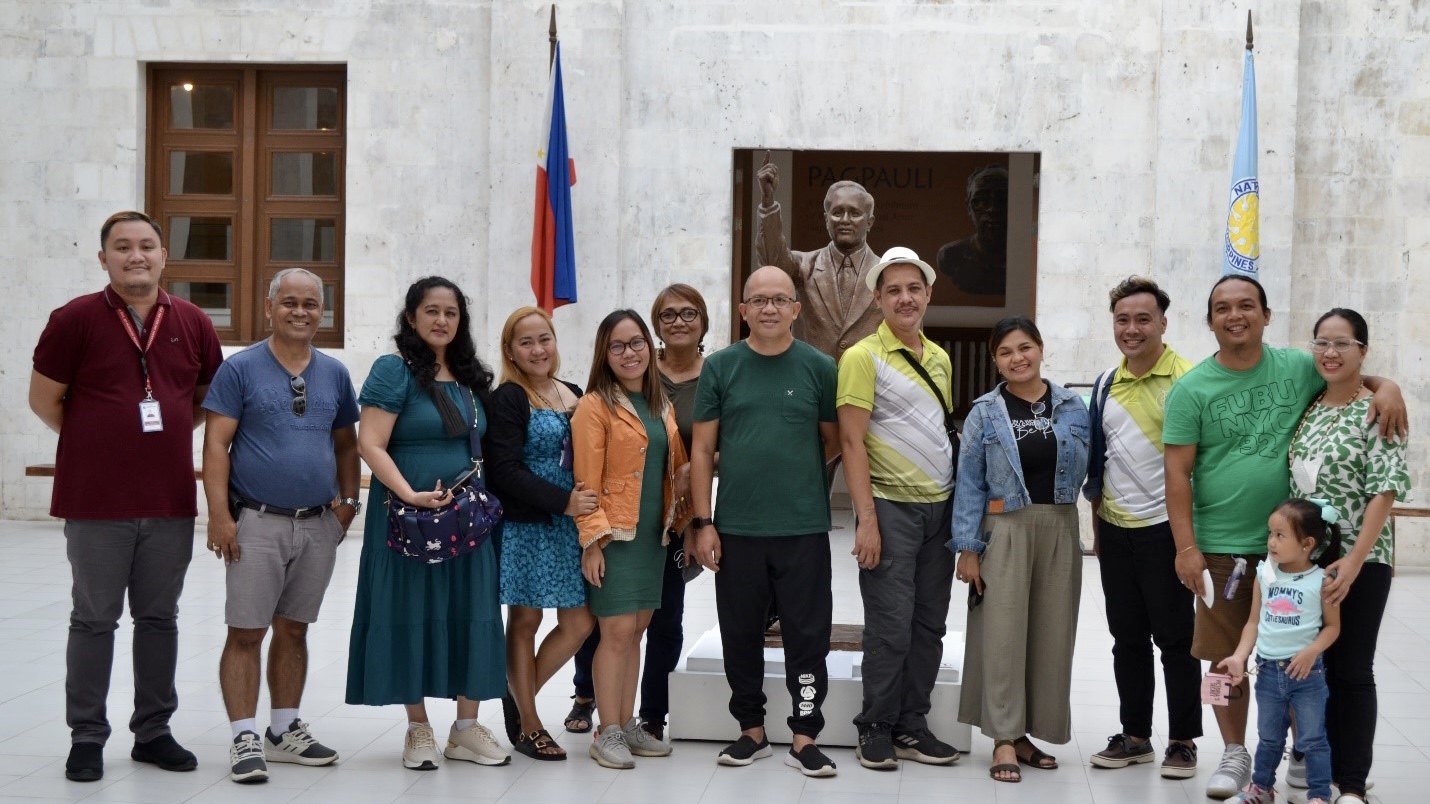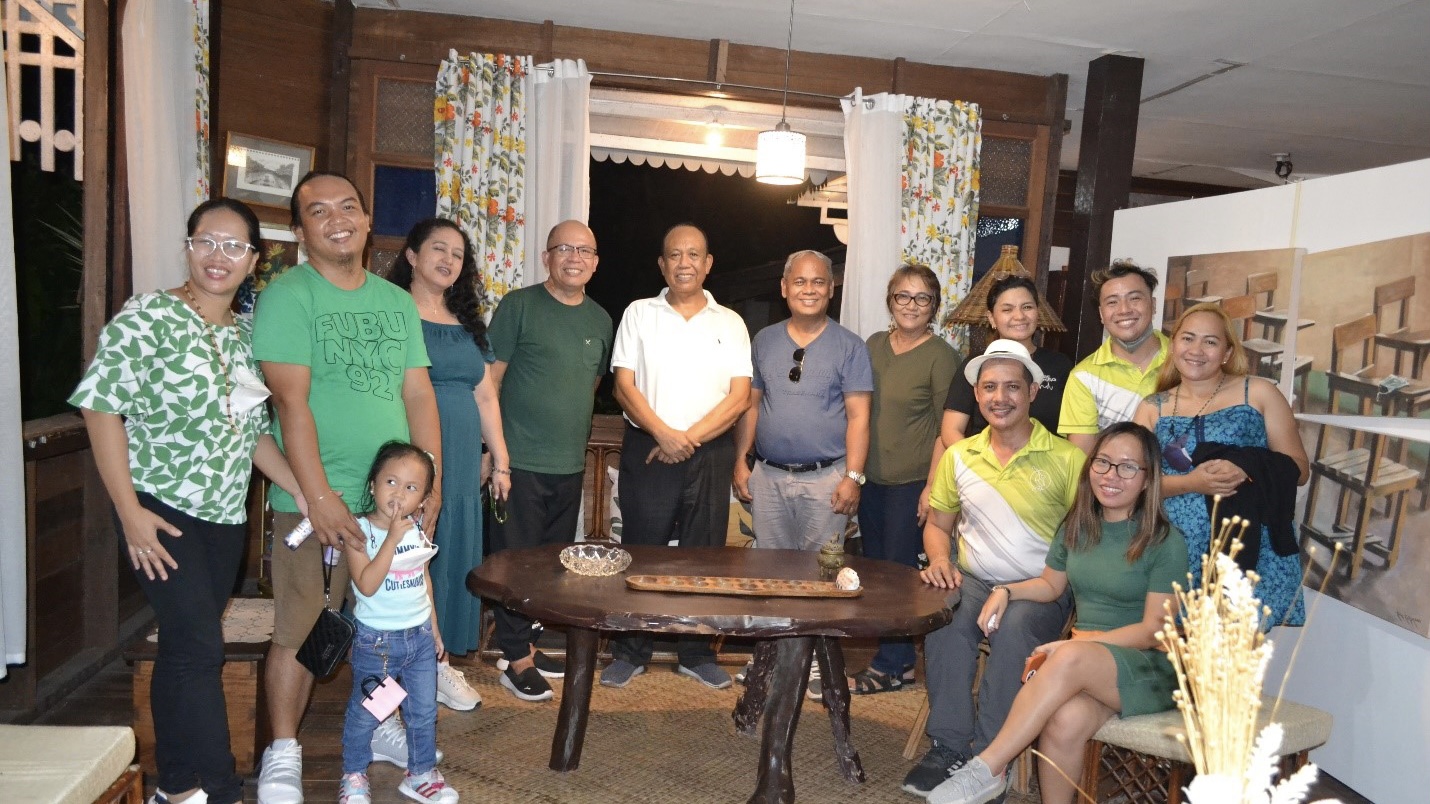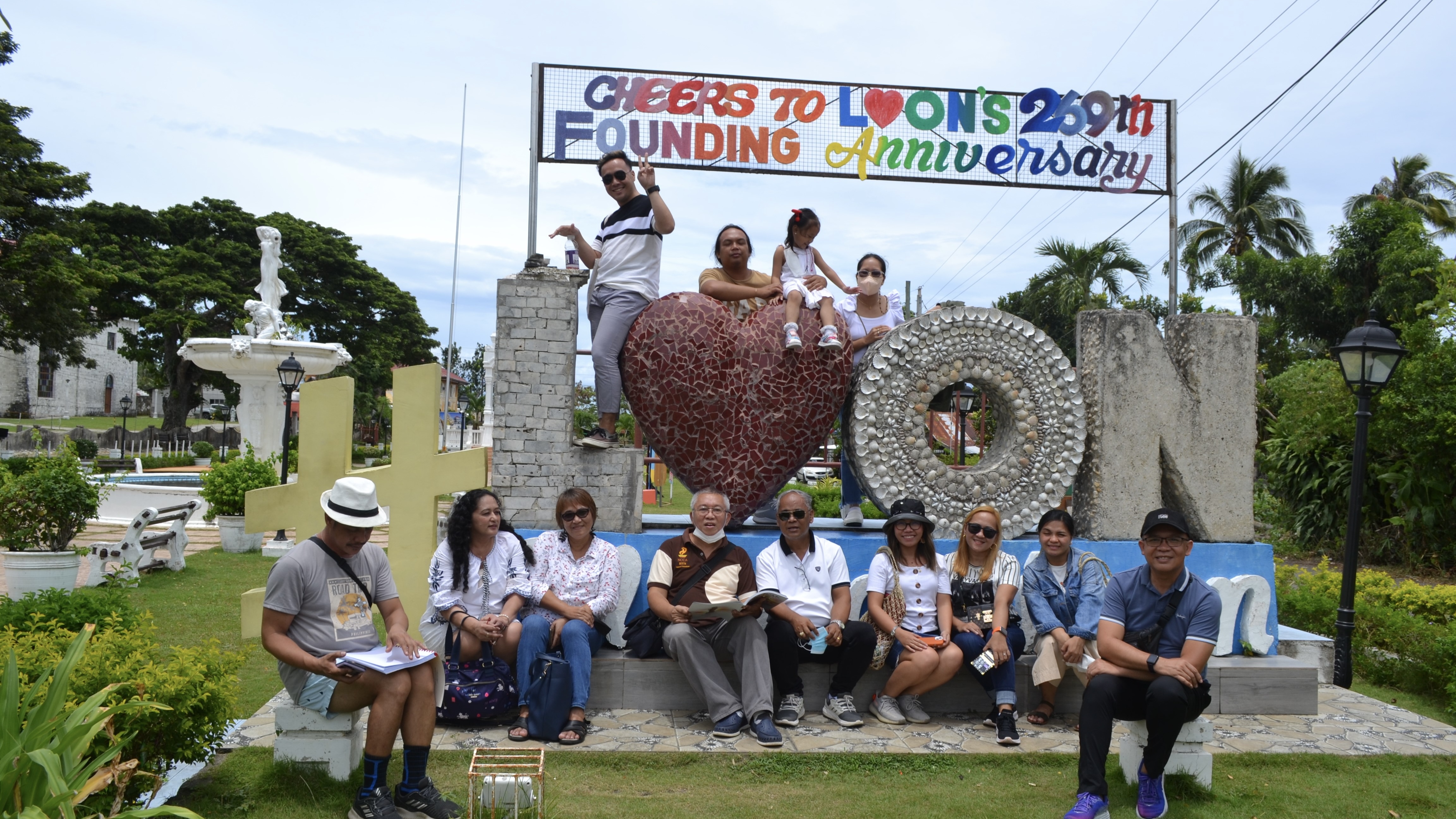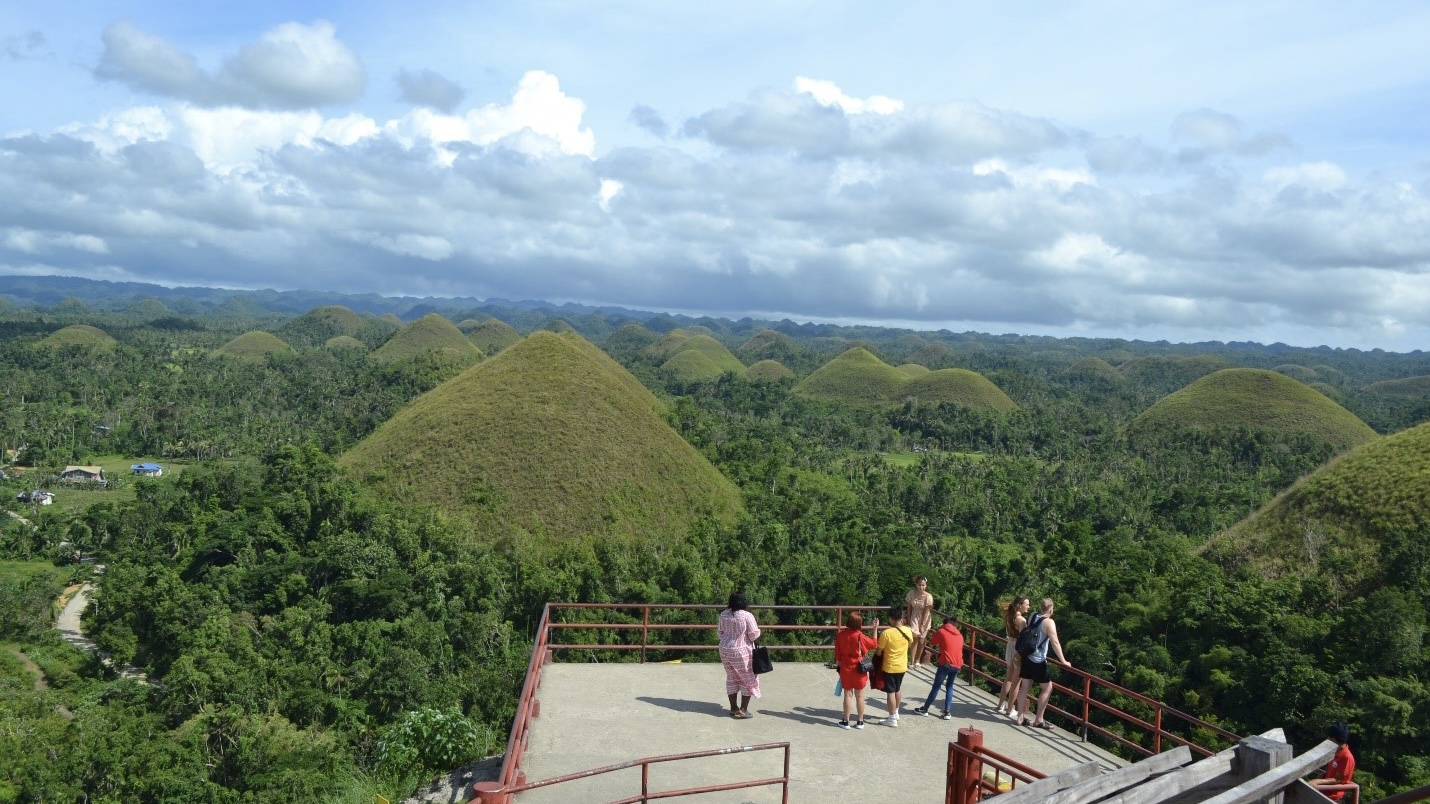Culture and the Arts Center staff on heritage learning tour in Bohol
- Details
- Written by Jesus Freddy M. Baldos and Jude Nonie A. Sales
-
Published: 03 October 2022

Key section heads of the VSU Culture and the Arts Center (CAC) headed by Assistant Professor Jude Nonie A. Sales embarked on a cultural heritage visit to Bohol from September 14 to 17, 2022.
This learning visit is part of a long-term plan to revitalize the CAC as the university’s main policy-making body that coordinates and promotes culture and art appreciation among Viscans.
Bohol, being one of the Visayas region’s crown jewels for tourism mainly because of its pristine white sand beaches and its other natural attractions, is also considered a well-rounded cultural destination.
The artistic wealth of this province and the creative ingenuity of its people can be witnessed through its unique and well-preserved architectural heritage being the home to centuries-old stone churches, ancestral houses, and other historical sites.
This provided the opportunity for the CAC staff to acquire firsthand information from the province’s cultural icons which are important inputs for the crafting of a master plan that will soon establish a university museum in time for the 2024 VSU Centennial celebration.
A quick visit to the Bohol branch of the National Museum introduced the group to the province’s rich natural and cultural heritage such as preserved specimens of endemic flora and fauna, antique secular and religious collection of artifacts coming from old historical churches and buildings, vintage photographs of historical churches, including a feature of popular Boholanos like Philippine President Carlos P. Garcia and National Artist for Sculpture Napoleon V. Abueva.
The museum, which used to occupy the Provincial Capitol, was partially destroyed by the earthquake that struck on October 15, 2013. It has since been restored and turned over by the Provincial Government of Bohol to the National Museum of the Philippines.

At the Balay Kabilin, which is an old ancestral house that now serves as the Cultural Affairs and Development Center (CADC) of the Holy Name University based in Tagbilaran City, the CAC staff learned some best practices in managing and operating culture and arts in a private tertiary institution.
CADC Director Marianito Jose M. Luspo, who also happens to be one of Bohol’s leading historians, delivered a brief lecture on local history and culture and how they continue to effectively integrate these in the promotion of the province as one of the leading tourist destinations in the Philippines.
In Loon town, #ProudViscan Mr. Reynaldo P. Monreal, who now serves as the municipal administrator and de facto cultural officer, elaborated on the importance of cultural mapping.
He even shared a copy of the 2021 Local Cultural Inventory of his town that was submitted to the National Commission for Culture and the Arts as documentation of Loon’s significant natural resources, protected areas, tangible immovable heritage, tangible movable heritage, intangible cultural heritage, and important personalities who shaped the municipality’s growth as one of Bohol’s premier heritage sites.
This document provided essential insights in the development of VSU’s own cultural inventory and heritage map.
Mr. Monreal, who also sits on the board of the VSU Alumni Association, also brought the CAC staff to the biggest Catholic church building in the Visayas and Mindanao, the Nuestra Señora de la Luz Parish or the Our Lady of Light Church.

In 2013, the whole edifice and convent were completely destroyed by a 7.2 magnitude earthquake that struck Bohol and other parts of Central Visayas. Full restoration of the church was only completed last year after eight years of work.
This church was already turned over by the National Historic Commission of the Philippines (NHCP) to the Diocese of Tagbilaran.
The CAC staff also had the privilege of watching one of the rehearsal sessions of the Loboc Children’s Choir—one of the country’s internationally acclaimed singing groups that have been featured in many overseas choir concerts and competitions.
While this group is just a school-based organization, this did not stop them from making it big on the global stage which provided added prestige and honor to the people of Bohol.
Other relevant cultural and heritage sites that were visited by the CAC staff include the Blood Compact Monument in Tagbilaran, the Our Lady of the Immaculate Conception Church in Baclayon, the Santa Monica Church and the Asin-Tibook processing site in Alburquerque, the Mirror of the World in Sikatuna, the Chocolate Hills in Carmen, the Saints Peter and Paul Church in Loboc, the Clarin Ancestral House in Loay, the Man-Made Mahogany Forest of Loboc and Bilar, the Tarsier Conservation Area in Bilar, and the Alona Beach in Panglao.
All of these tourism sites make Bohol one of the world’s fastest growing tourism destinations with over 1.5 million visitors recorded before the pandemic. Now that mobility restrictions have already been lifted all throughout the country, Bohol is expected to take in more local and foreign tourists in the coming days.

Aside from CAC Director Sales, the VSU delegation included Jovel M. Aberilla, Doreen Alba, Jesus Freddy M. Baldos, Dennis Joel L. Cerna, J-Annie G. Ebit, Philip Caesar L. Ebit, Dr. Annie A. Parmis, Sheena Eunice B. Tabudlong, Rizalina D. Truya, and Ana Beth A. Varron. All of them are the newly designated section heads of the center.
During this tour, daily activities were capped with post-evaluation meetings in the evening, writing of group narrative reports, and sharing of experiences and personal reflections as to how CAC can better improve its services in the future.

